Allem Neuen wohnt ein Zauber inne. Das passende Zitat “Und jedem Anfang wohnt ein Zauber inne” von Hermann Hesse ist knapp kommentiert auf Wikipedia zu finden. Diese literarische Einleitung beschreibt recht gut, welche Verzückung bei start-ups zuweilen präsent ist. Nicht nur im Prozess des Gründens, sondern auch in den Kontakten mit Investoren und der ganzen Szene herrscht eine gewisse Extase vor.  (Illustration W. Kandinsky 1923 Fröhlicher Aufstieg) Gut so, wenn das Start-up zu Beginn bereits eine Qual ist, Hände weg davon. Es wird oft nur schlimmer im weiteren Verlauf und Lebensverlauf. Selbst für enthusiatisch gestartete Unternehmende kommt allzu oft eine Ernüchterung, vielleicht sogar Sackgassen. Einen knappen Überblick bietet die Webseite “Deutsche Startups” oder “startbase“. Die großen Pleiten à la WIRECARD etc. lassen wir mal beiseite. Das kommentieren die Skandalmedien ausreichend, weil Quotenbringer. Mir geht es um die vielen kleinen zauberhaften Anfänge und persönlichen Lernkurven der Beteiligten. Julian Leitloff & Caspar Schlenk (Keinhorn) haben in ihrem Büchlein ein recht schonungsloses Bild gezeichnet, was es wirklich heisst, ein Start-up zu gründen. Vor allem braucht es ein dickes Fell und einen fast unbeugsamen Willen ständig “offen sein für Neues” und Lernbereitschaft.
(Illustration W. Kandinsky 1923 Fröhlicher Aufstieg) Gut so, wenn das Start-up zu Beginn bereits eine Qual ist, Hände weg davon. Es wird oft nur schlimmer im weiteren Verlauf und Lebensverlauf. Selbst für enthusiatisch gestartete Unternehmende kommt allzu oft eine Ernüchterung, vielleicht sogar Sackgassen. Einen knappen Überblick bietet die Webseite “Deutsche Startups” oder “startbase“. Die großen Pleiten à la WIRECARD etc. lassen wir mal beiseite. Das kommentieren die Skandalmedien ausreichend, weil Quotenbringer. Mir geht es um die vielen kleinen zauberhaften Anfänge und persönlichen Lernkurven der Beteiligten. Julian Leitloff & Caspar Schlenk (Keinhorn) haben in ihrem Büchlein ein recht schonungsloses Bild gezeichnet, was es wirklich heisst, ein Start-up zu gründen. Vor allem braucht es ein dickes Fell und einen fast unbeugsamen Willen ständig “offen sein für Neues” und Lernbereitschaft.
Neben den biografischen Details der Gründenden bietet das eckige Büchlein aber auch einen Ausblick auf das Kompetenzspektrum für “Start-ups” und dann später hoffentlich “Grown-ups”. Verstreut über das Buch lassen sich Kompetenzen identifizieren: Buisiness Plan, Erstellen und Überarbeiten, Design Thinking, 3-D Druck, Buchhaltung, Marketing, Personal/Talent Management, Webpage Design und Interaktion über Social Media, Responsibility sowie Finanzen und Investmentkalkulus. Natürlich findet das alles im Team und dann im HomeOffice oder der Garage/Keller statt. Ist ne ganz schöne Packung und bitte nicht die “Deadlines” verpassen.
Das alles liest sich in dem Büchlein unterhaltsam und ohne Pathos der einen oder anderen Art. Aufgrund meiner soziologischen Forschungtradition war mir der Einstieg über das “Phänomen … Survivorship-Bias” (S.9) bedeutsam. Der Überlebendenbias besagt, dass wir meistens nur die Geschichten der Überlebenden (der Titanic) kennen, aber nicht die Geschichten der vielen hundert Ertrunkenen. Eine solche wird in dem Büchlein von den Gründenden erzählt, aber mit einem anderen Happy-End. Einmal Schiffbruch, hoffentlich kein Problem, Aufstehen und ein traumhaftes neues Schiff bauen ist das, was später einmal zählt.
Auszug  aus dem Buch von Julian Leitloff & Caspar Schlenk (Keinhorn) S.12.
aus dem Buch von Julian Leitloff & Caspar Schlenk (Keinhorn) S.12.















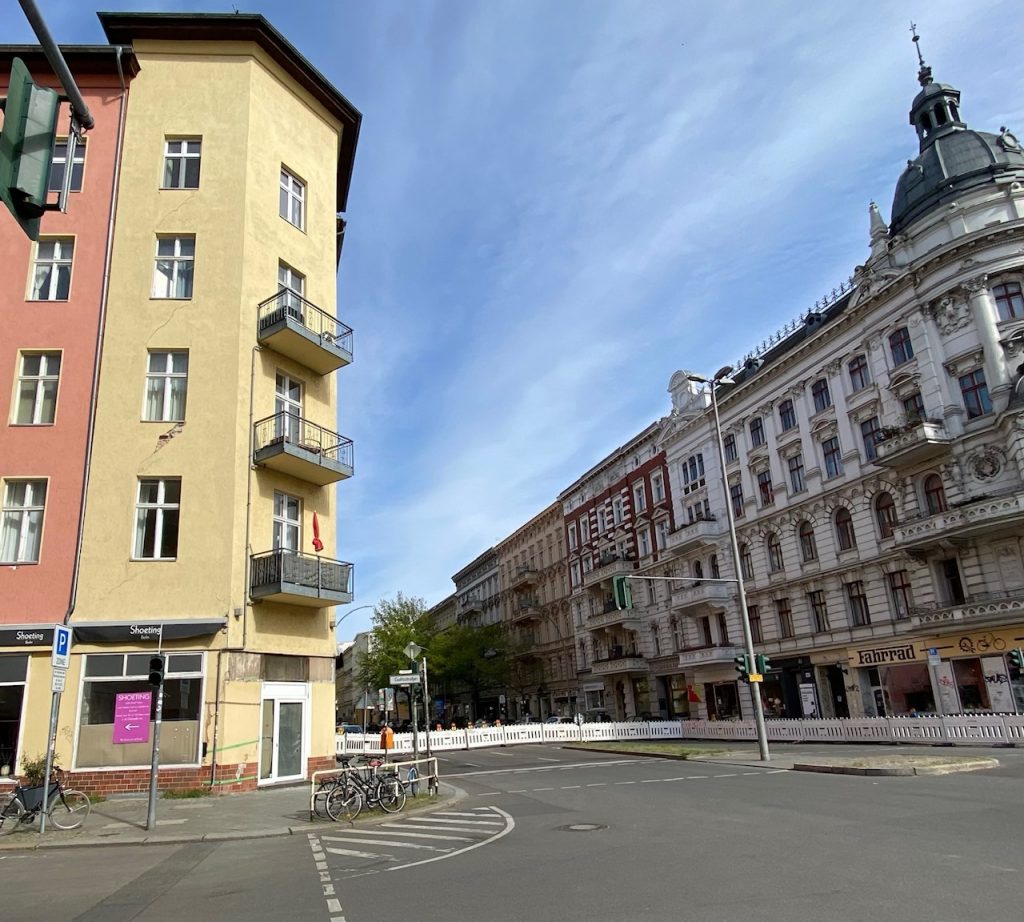
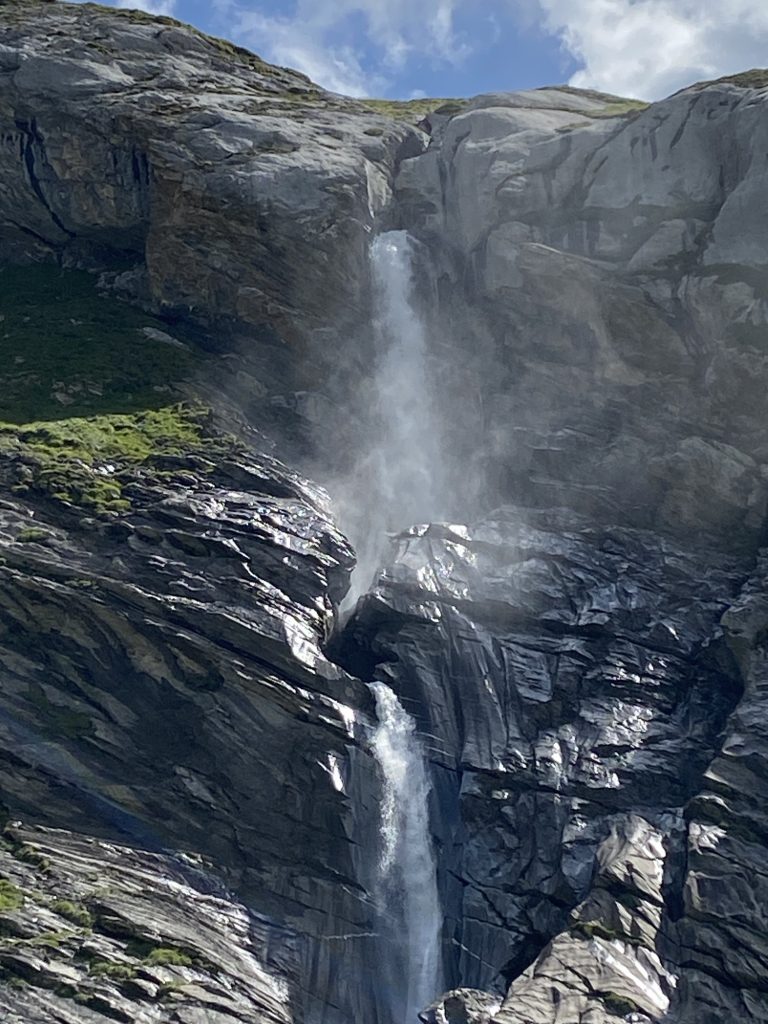
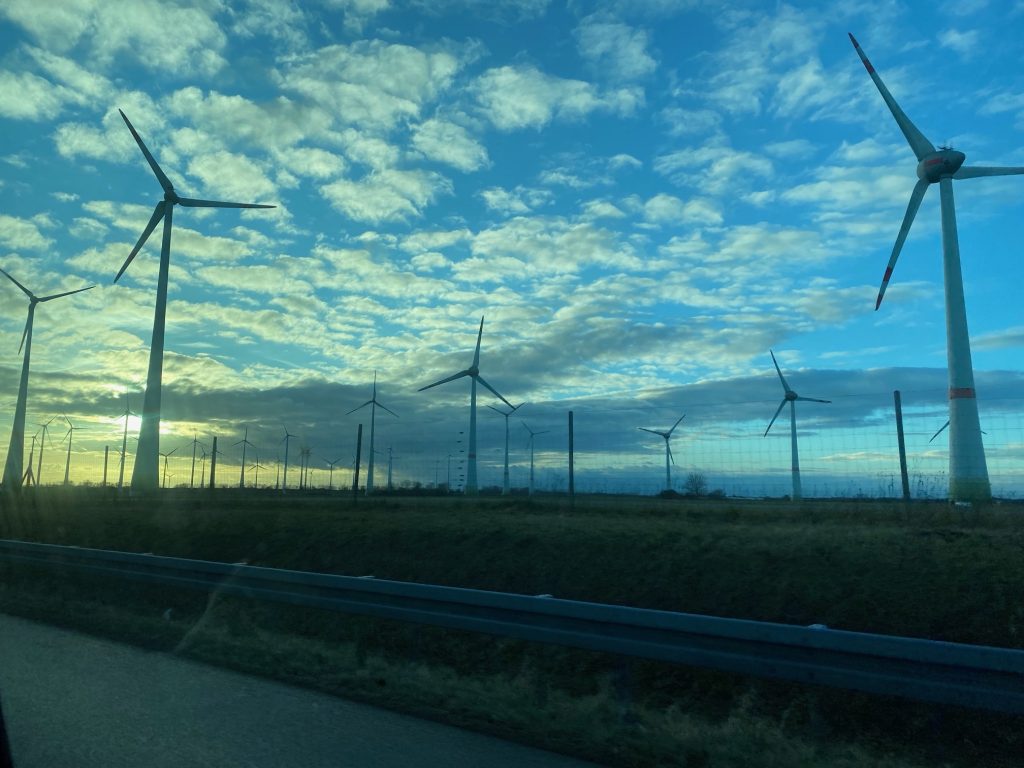
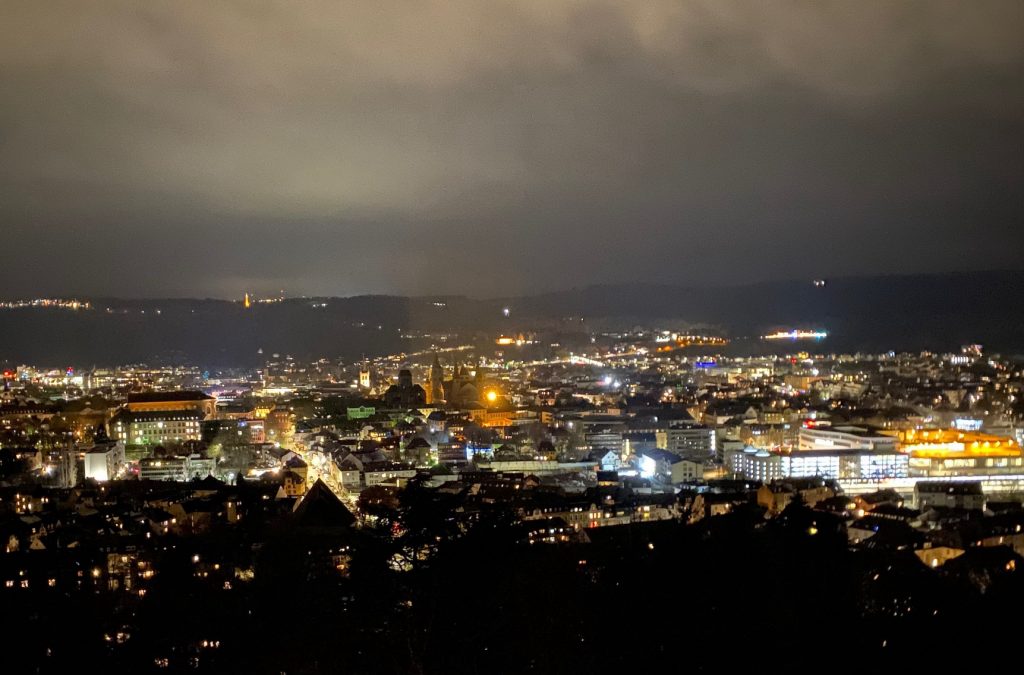
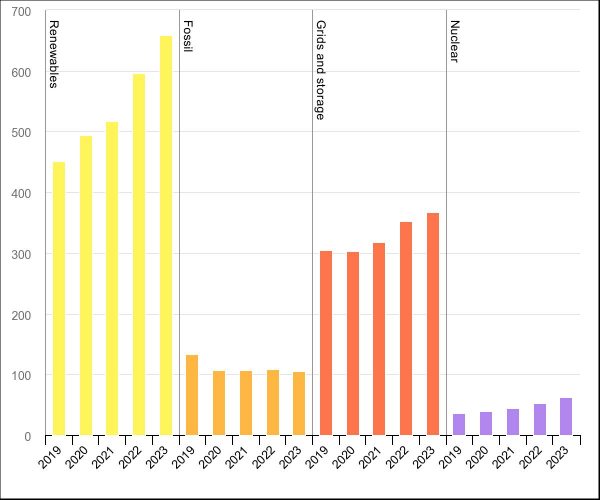
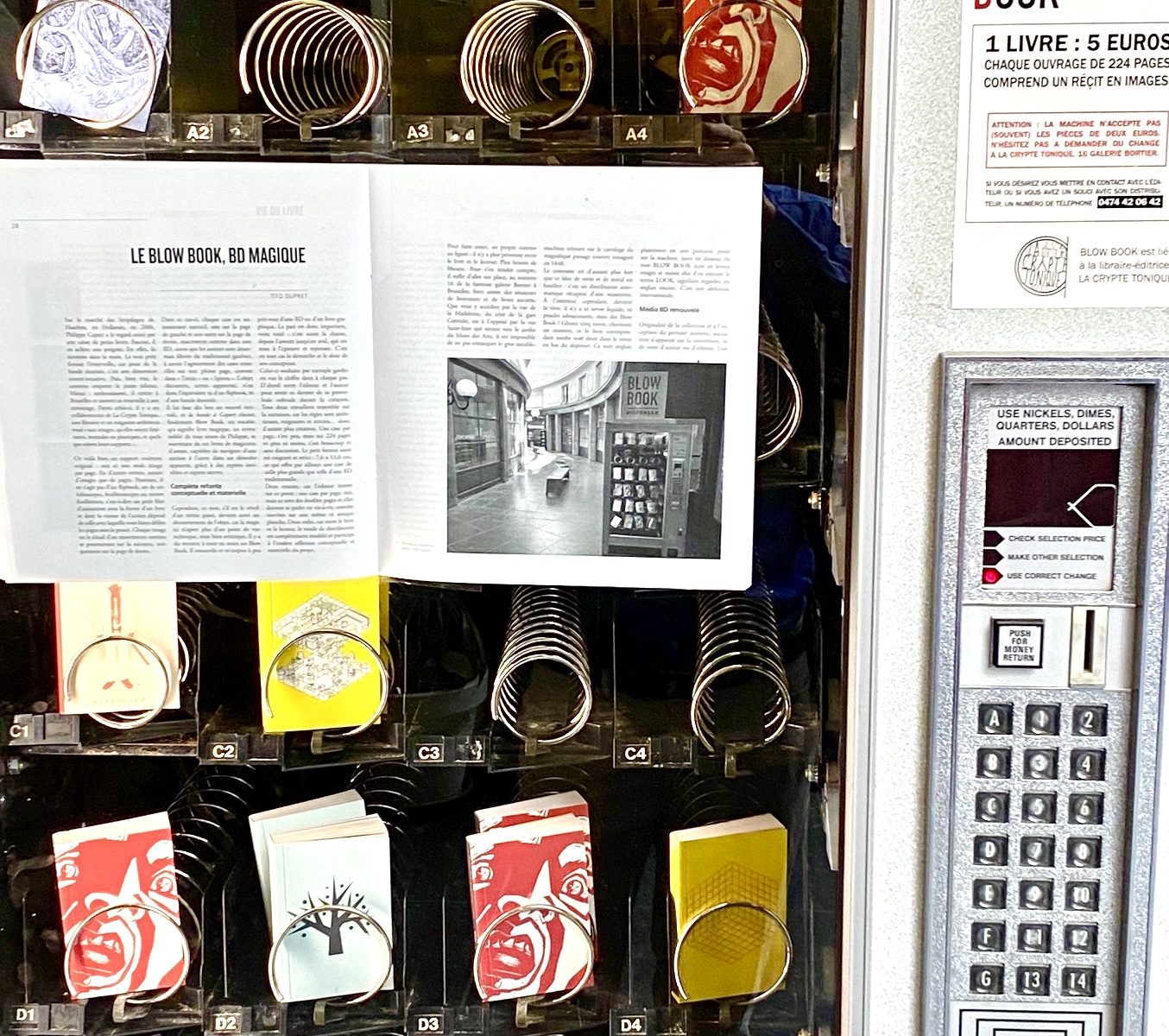

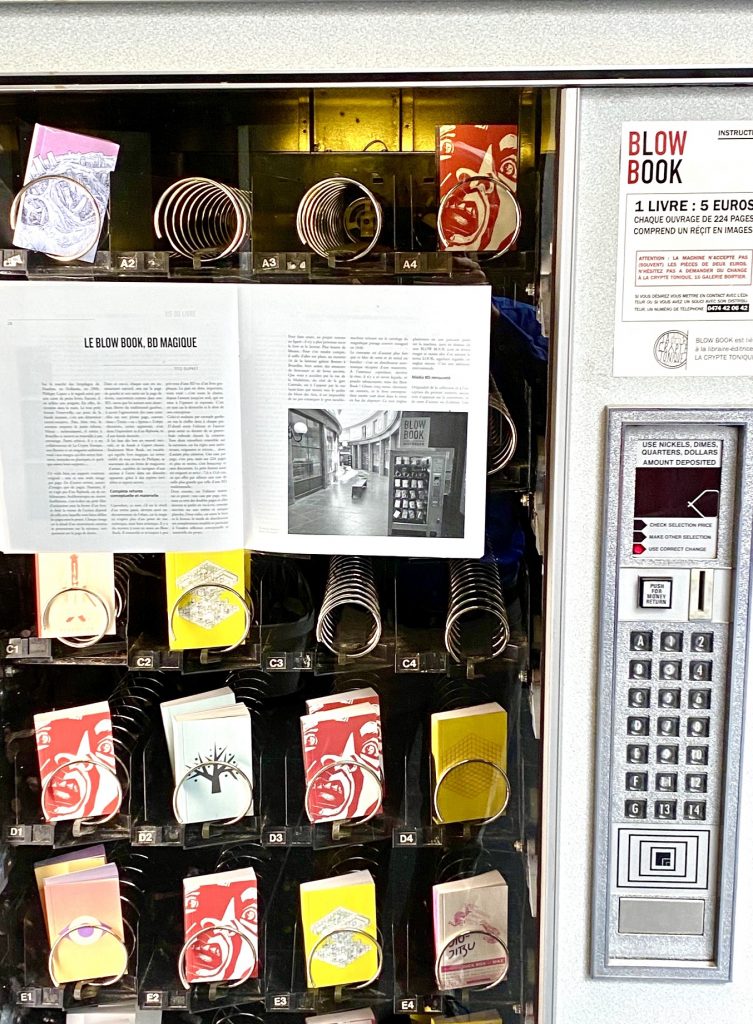
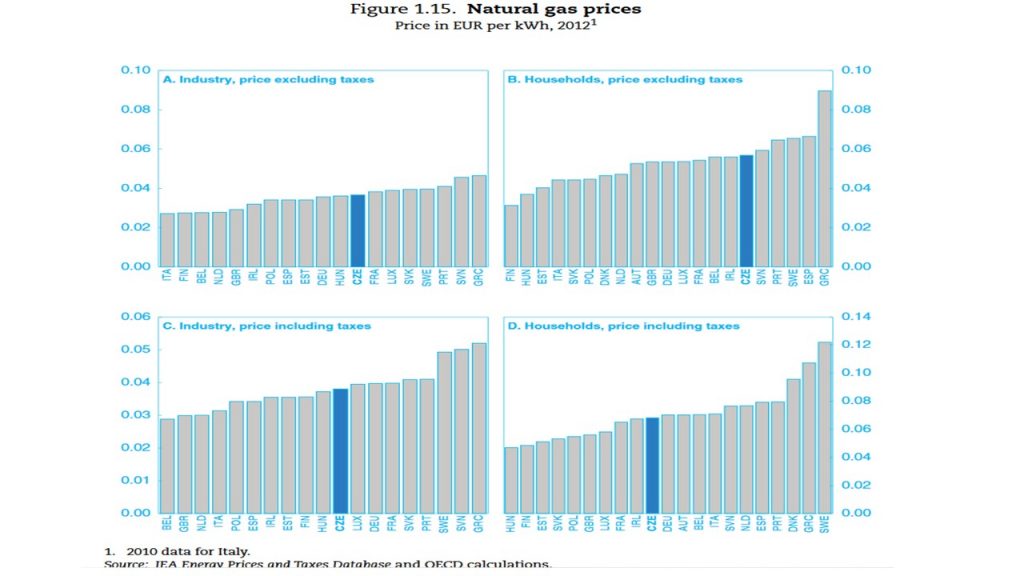
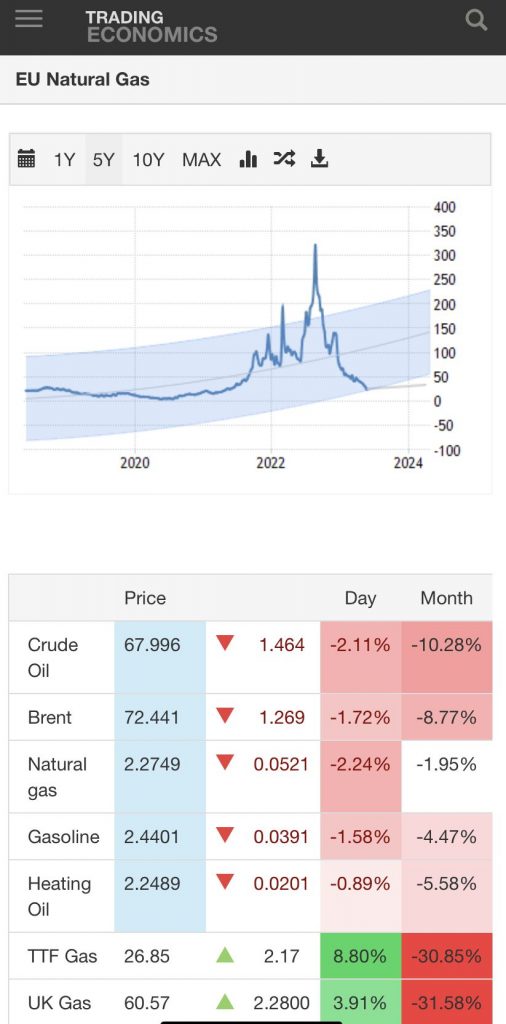

 (Illustration W. Kandinsky 1923 Fröhlicher Aufstieg) Gut so, wenn das Start-up zu Beginn bereits eine Qual ist, Hände weg davon. Es wird oft nur schlimmer im weiteren Verlauf und Lebensverlauf. Selbst für enthusiatisch gestartete Unternehmende kommt allzu oft eine Ernüchterung, vielleicht sogar Sackgassen. Einen knappen Überblick bietet die Webseite
(Illustration W. Kandinsky 1923 Fröhlicher Aufstieg) Gut so, wenn das Start-up zu Beginn bereits eine Qual ist, Hände weg davon. Es wird oft nur schlimmer im weiteren Verlauf und Lebensverlauf. Selbst für enthusiatisch gestartete Unternehmende kommt allzu oft eine Ernüchterung, vielleicht sogar Sackgassen. Einen knappen Überblick bietet die Webseite  aus dem Buch von
aus dem Buch von